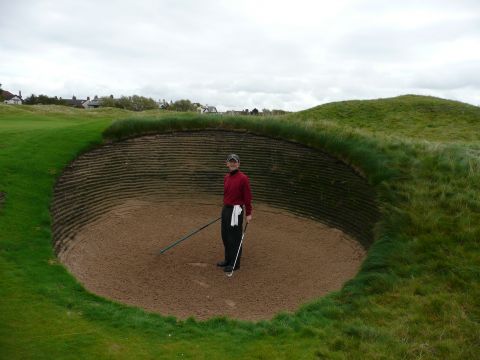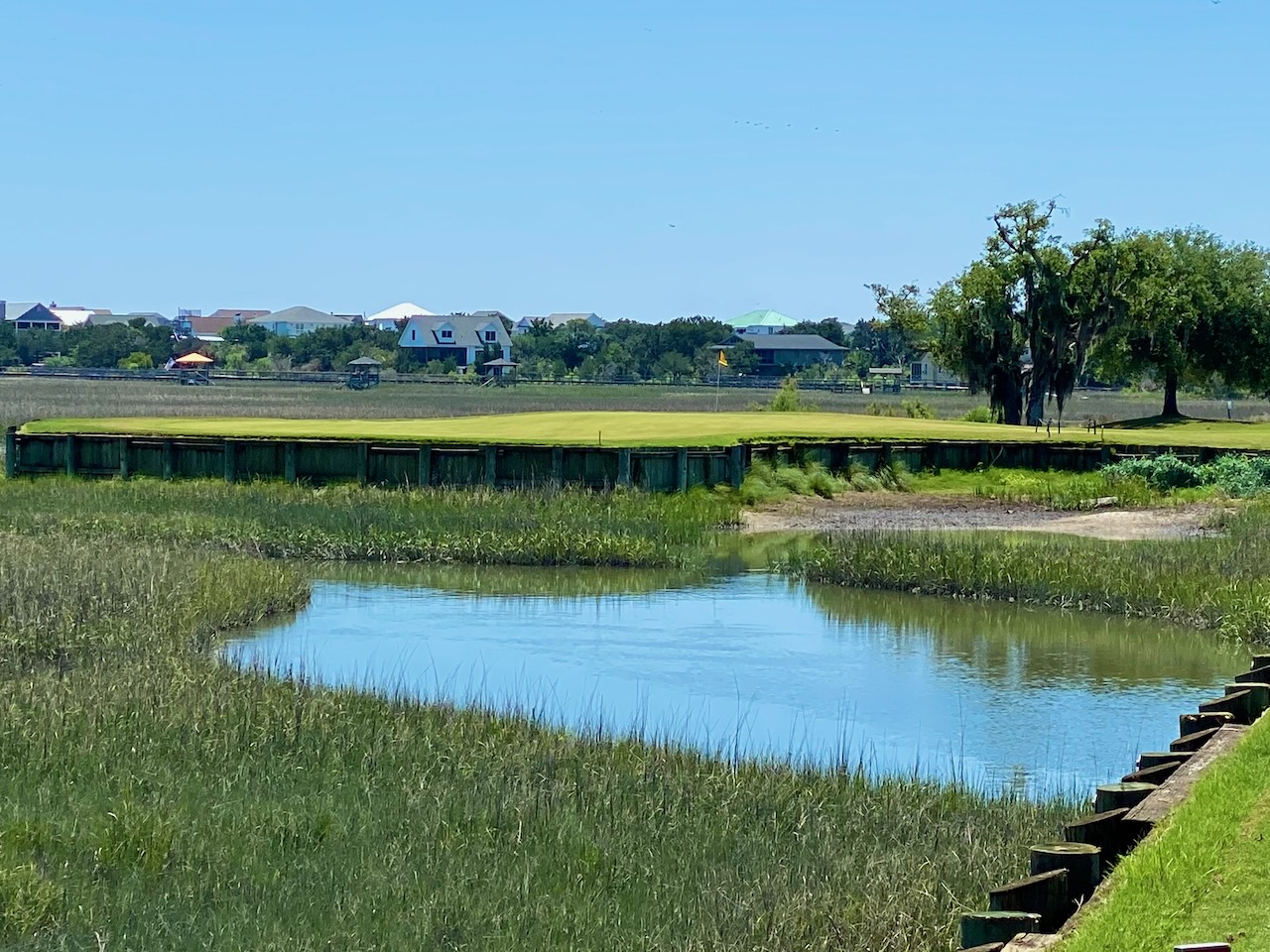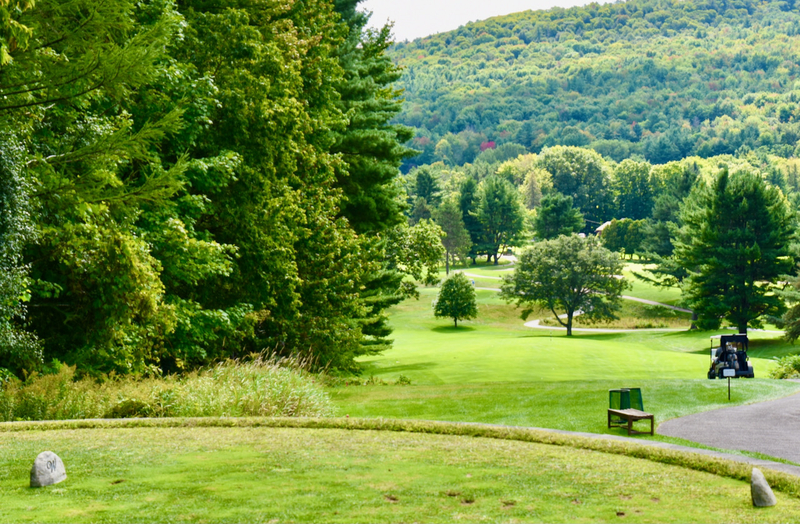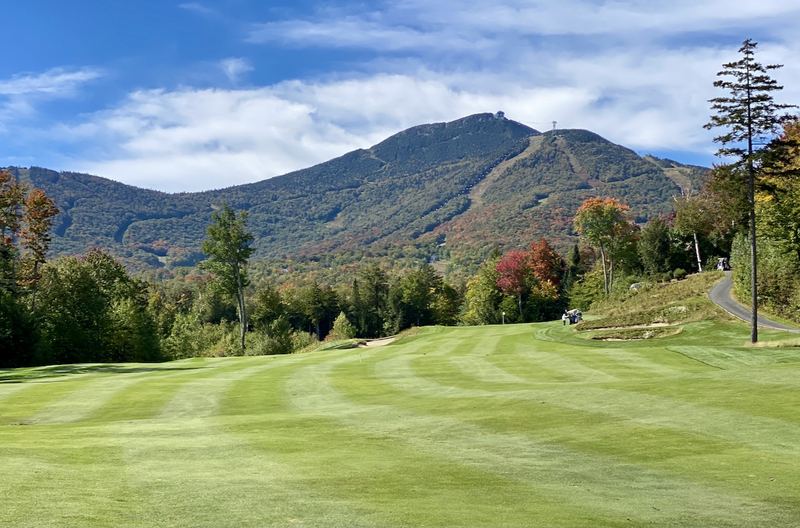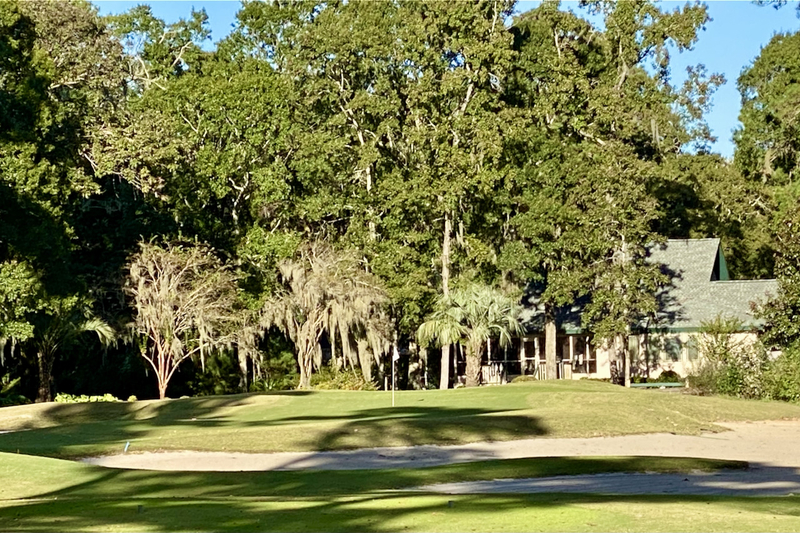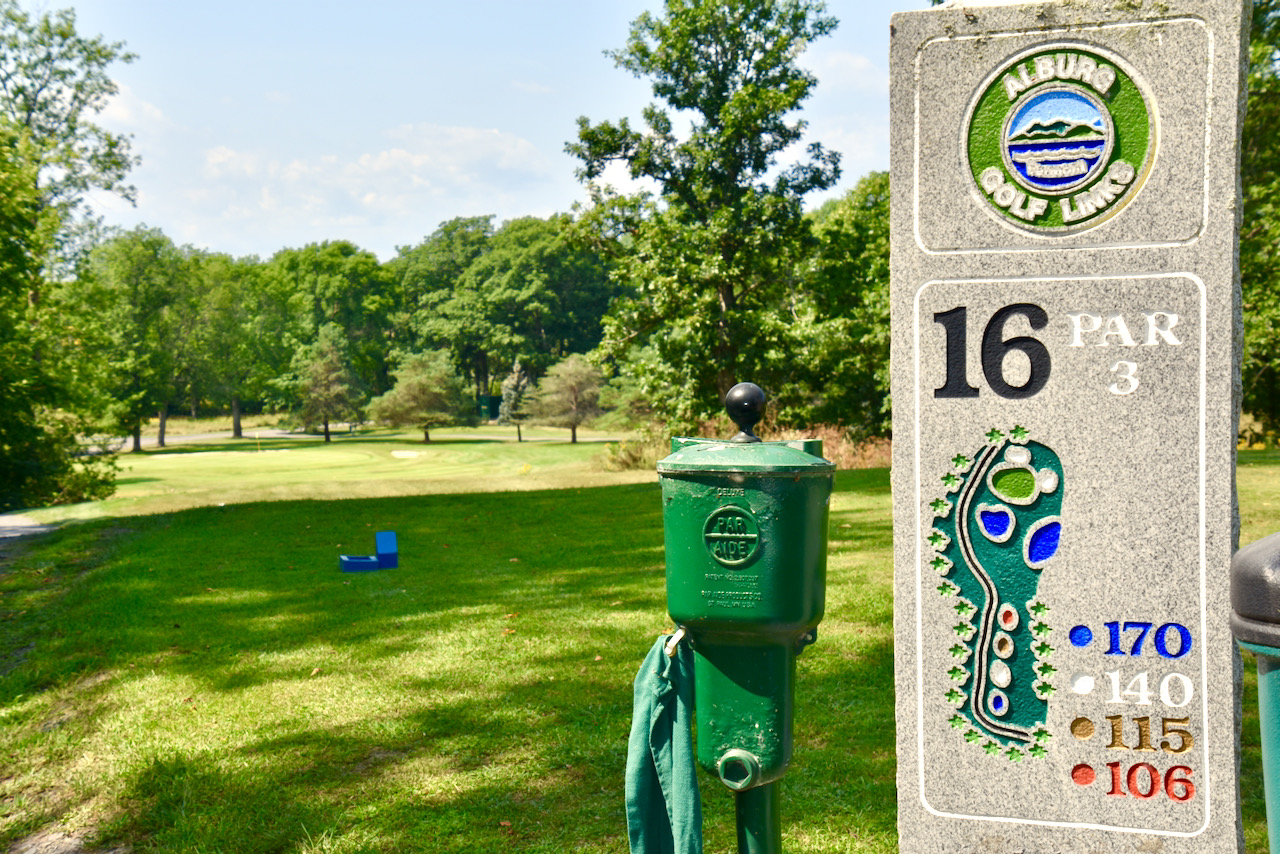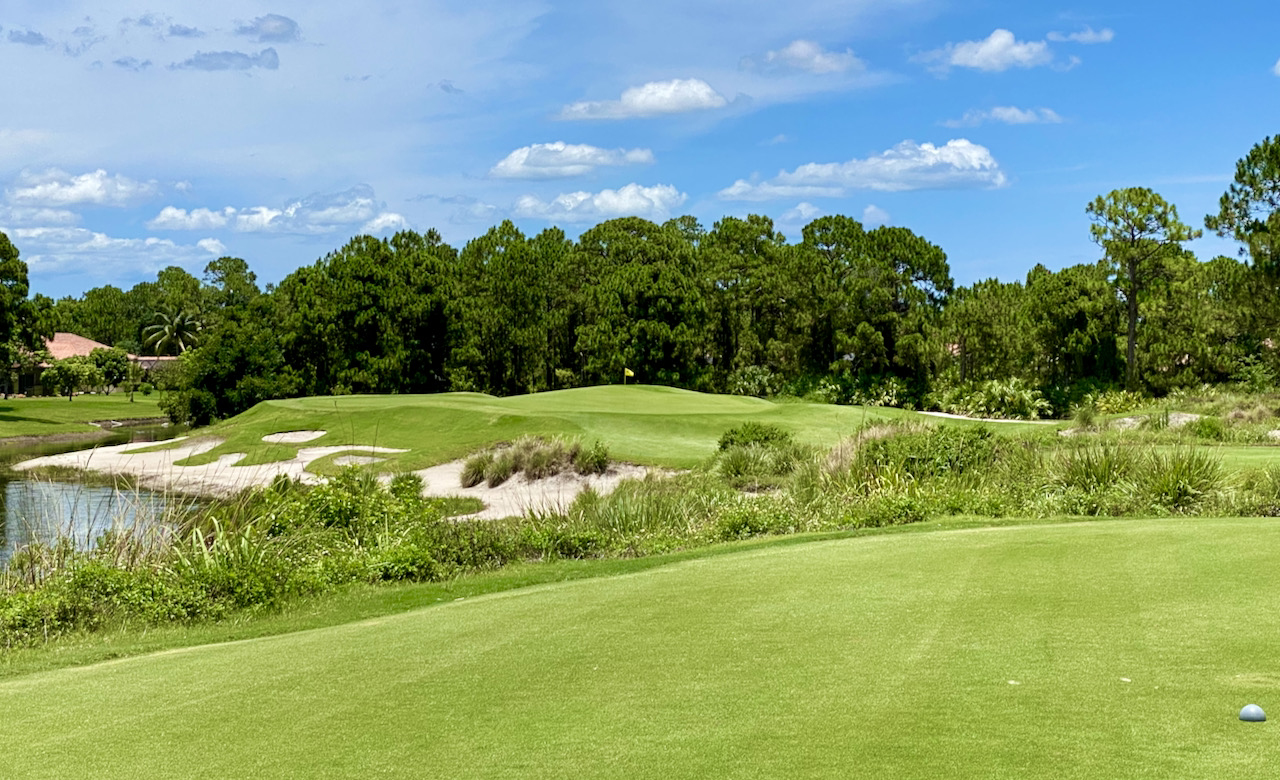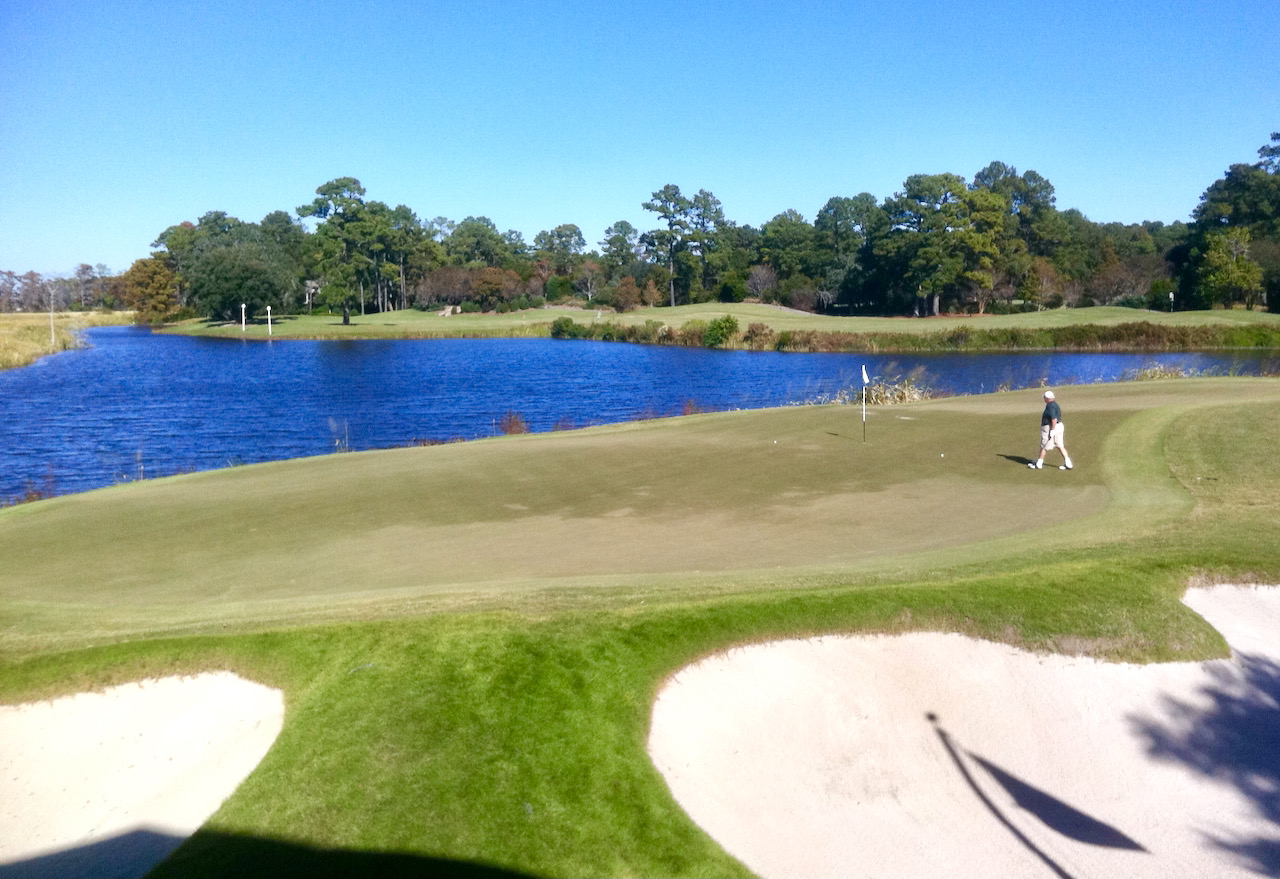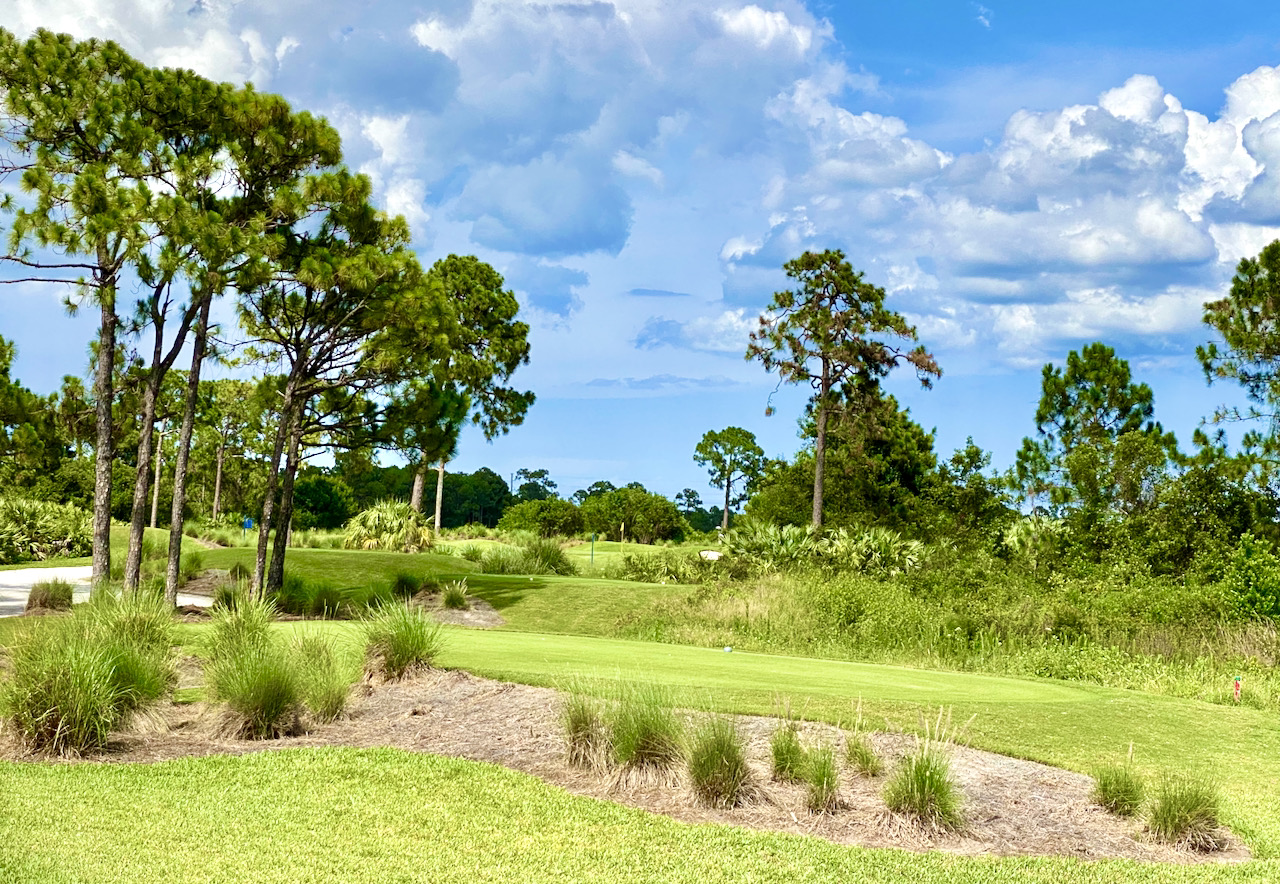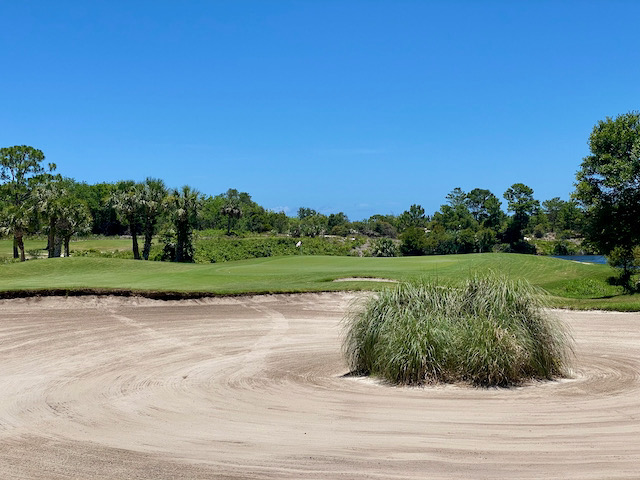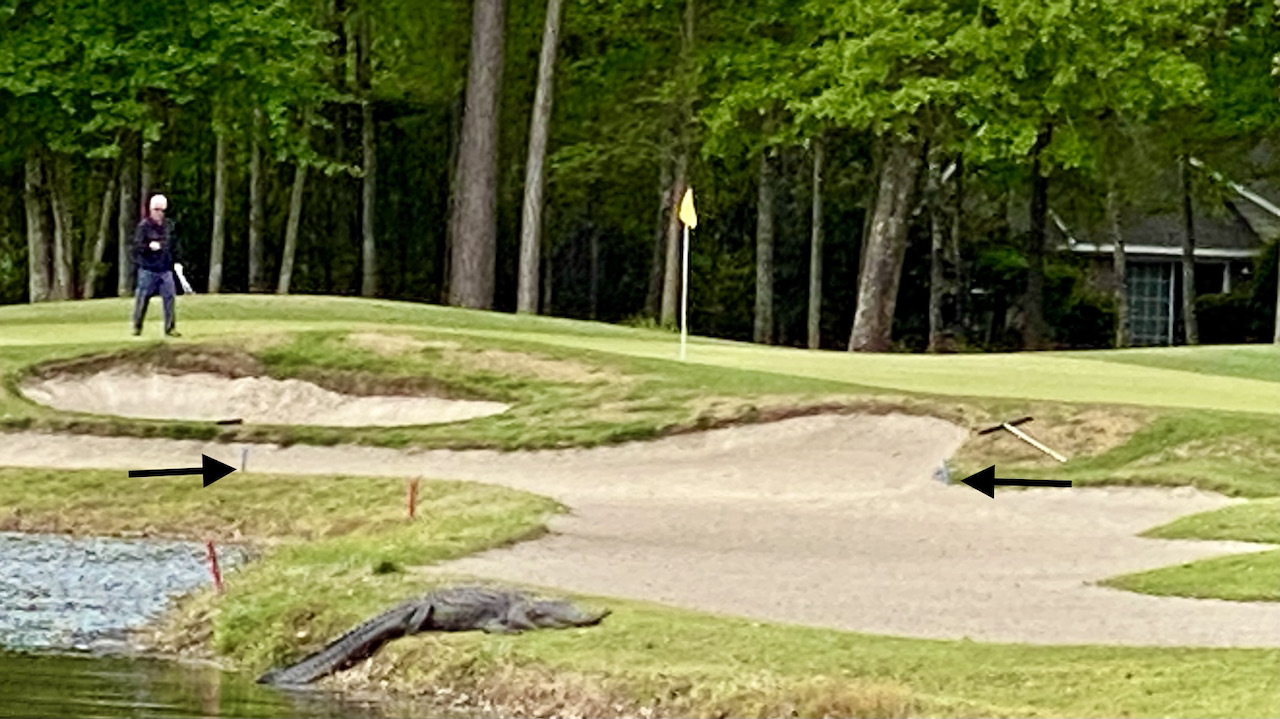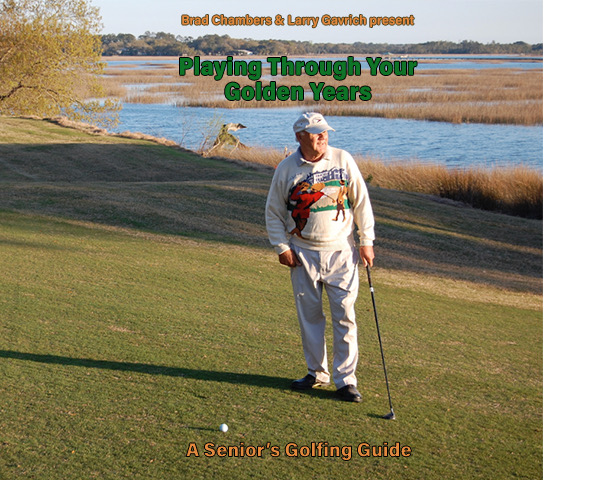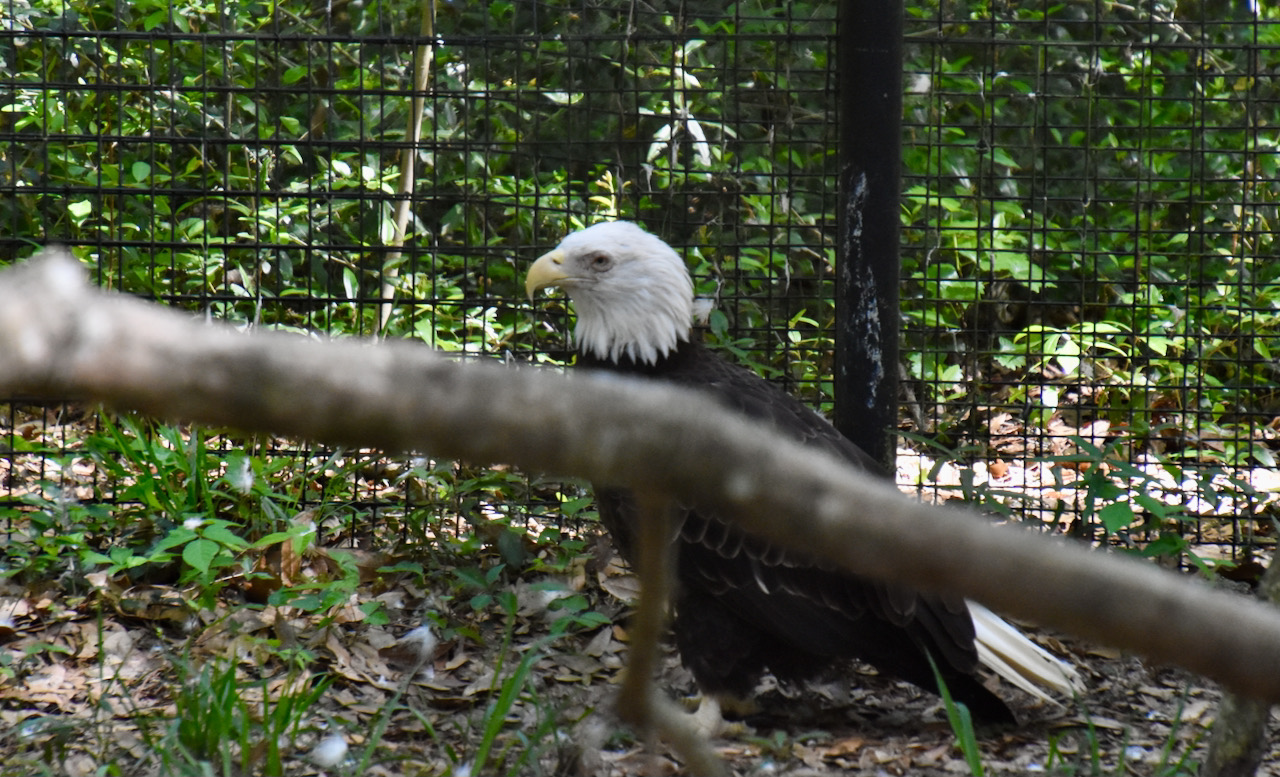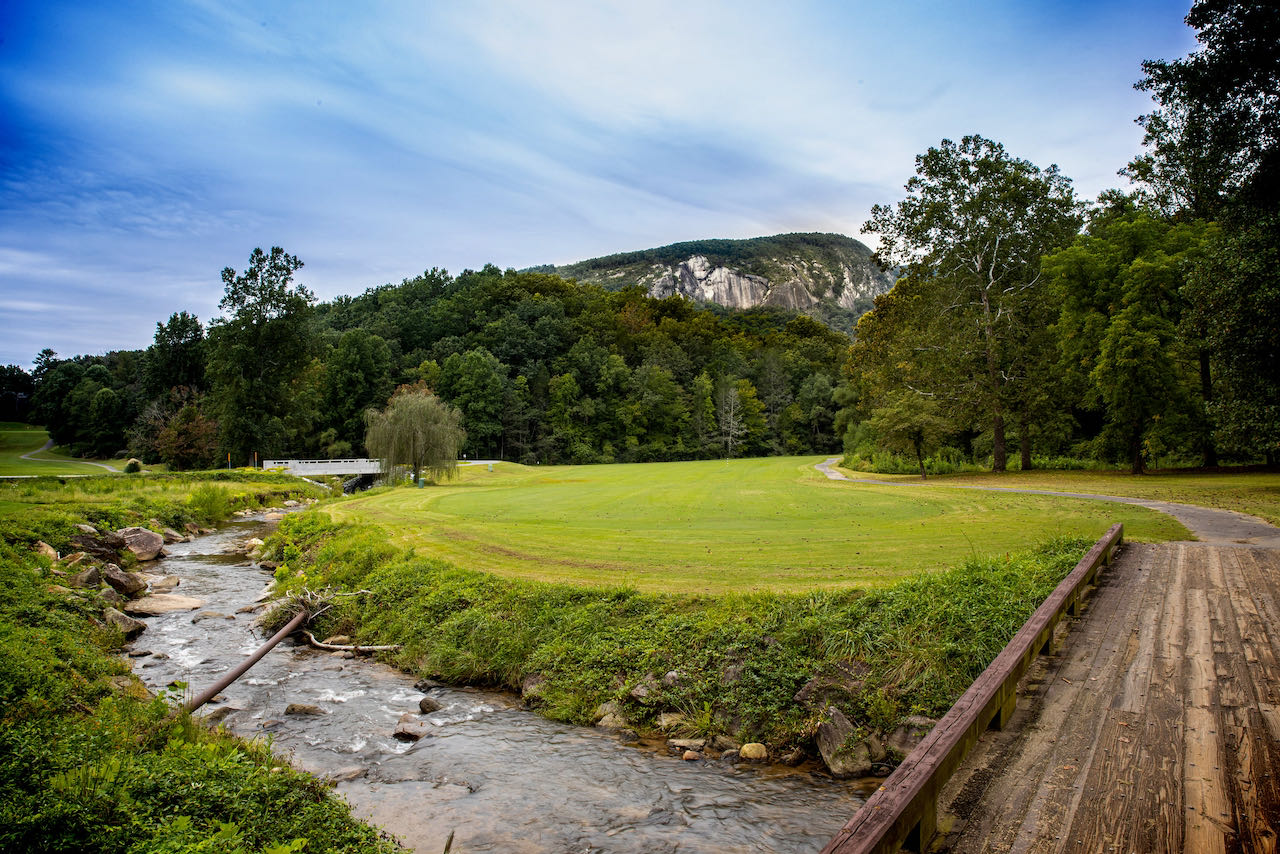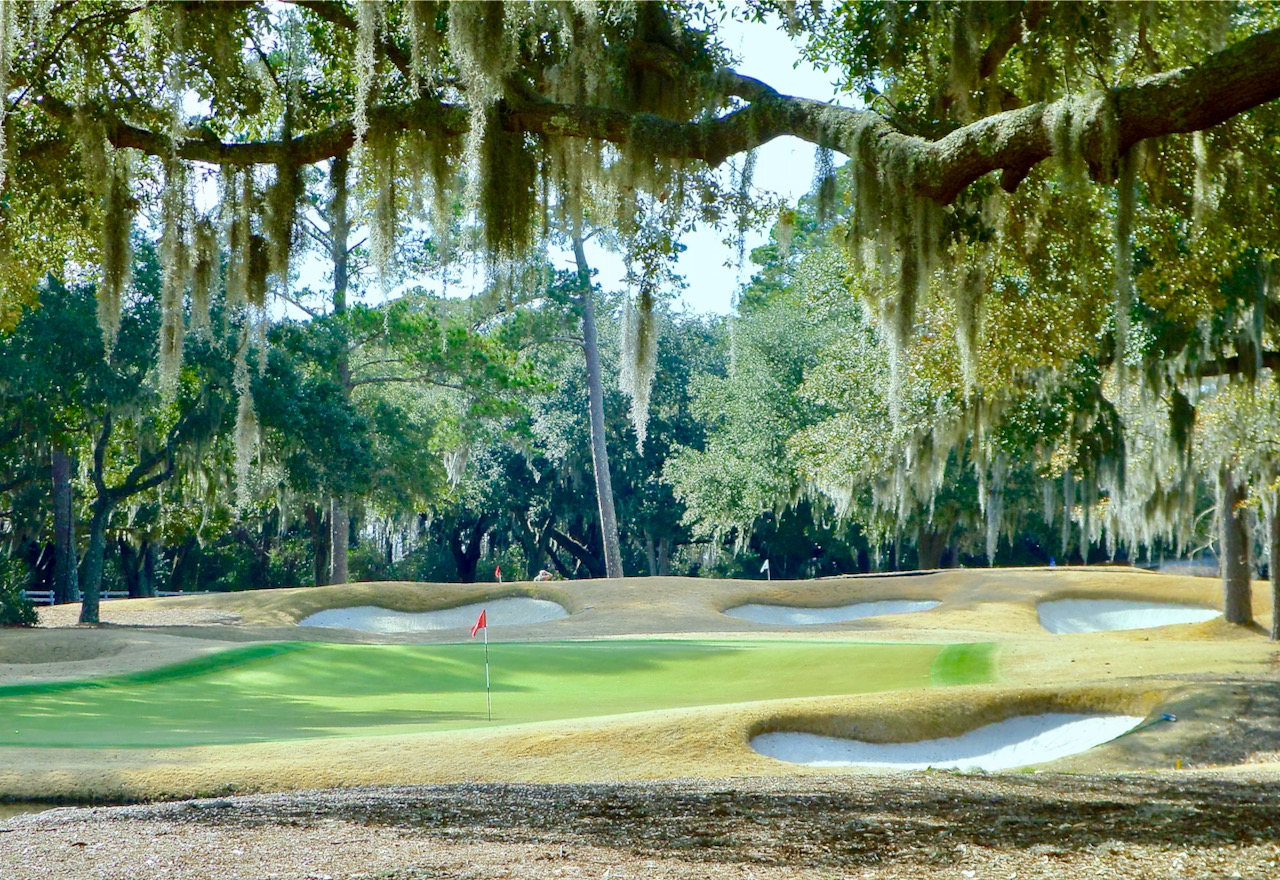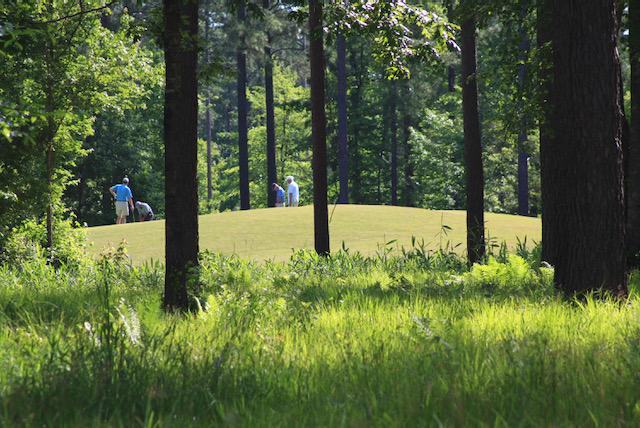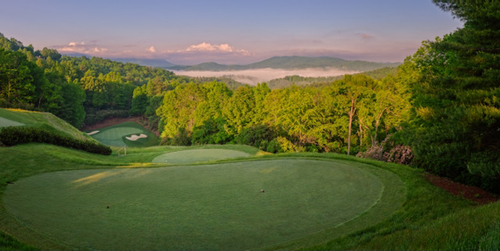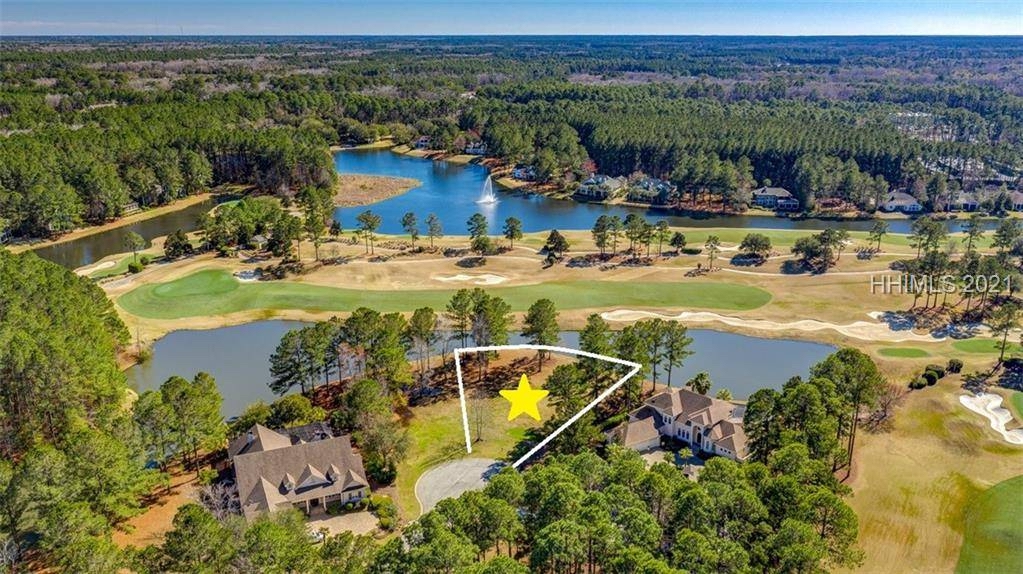The second part of a review of some of England’s great courses by one of our readers, a lover of the links courses of the British Isles.
Because of the wide variety of golf available in the Merseyside area, we were able to park ourselves for an unusually extended period, 11 restful nights, at the comfortable and welcoming Waterford Hotel in the seaside resort of Southport. An attractive town of approximately 100,000 permanent residents, Southport is best known for its Victorian architecture, extensive tree plantings and tony shopping, but I'd be remiss if I didn't mention that it is also home to the famed British Lawn Mower Museum.
Located some 15 miles north of Liverpool, Southport offers some obviously compelling attributes for the traveling golfer, including ease of access (it’s some 90 minutes form Manchester Airport), a wide range of lodging and dining options and, perhaps, the largest cluster of top-tier links course within driving distance of each other (though both the Ayrshire Coast and East Lothian regions of Scotland have compelling cases as well).
Any discussion of golf in the Southport area starts with the three Royals -- Royal Birkdale, Royal Liverpool (more colloquially referred to as Hoylake) and Royal Lytham & St. Anne. Each are currently in the British Open rota. While both Hoylake and Lytham
Hoylake includes an unusual feature that will surprise and likely annoy the first-time visitor, the existence of internal out-of bounds. Interestingly, the severity of Hoylake has been significantly tempered over the years as the two most severe, and potentially unfair, conditions have been eliminated. Hoylake’s 7th hole, Dowie, one of the most famous one-shotters in the world, is named for the club’s first captain and used to feature out-of-bounds just to the left of the triangular green. Because a ball pulled even the slightest bit left could readily hop over the cop, a low grass wall demarcating the boundary, most players would inevitably bail out far to the right. It was decided to consider this area in play for the 1967 Open and has remained so since.

The Royal Liverpool clubhouse looking back from the first fairway. At left is the cop, a low grass wall demarcating the internal out-of-bounds.
The second hole that has been changed is the 17th, known as Royal (the Royal Hotel sits right across the road), where the green originally sat at the corner of the property, resulting in many approach shots leaving the yard. Due to the club’s concerns regarding liability, architect Donald Steel was hired to site a new green some 30 yards from the property line. Notwithstanding the changes above, there remain several holes affected by the internal out-of bounds. The most interesting of these may be the 16th, a potentially reachable par 5 where the most direct line off the tee will require the second shot to be played over the out-of-bounds practice ground. Hoylake disappeared from the Open rota after the 1967 tournament due to the lack of space for parking and amenities, but it returned in 2006 after the club was able to acquire an adjacent parcel. Hoylake will again host the Open in 2014.

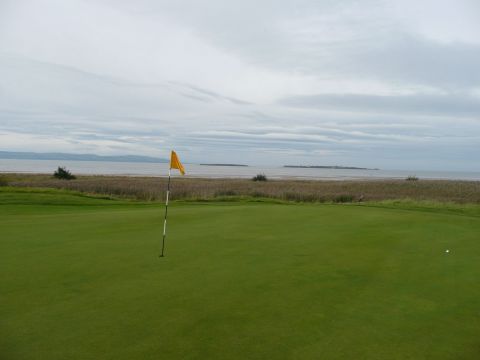
Top, the author’s dilemma on the short Par 4 9th (Punch Bowl) at Hoylake (Royal Liverpool), where a great drive has left him with only bad options. He can either try to hit a soft pitch from the incredibly firm turf, and inevitably skull it, or putt safely to the right and leave himself a 12-15 footer for birdie. Welcome to links golf! Below, the beautiful 11th green at Hoylake (the hole is named Alps). This stretch of holes through the dunes, at the far end of the property closest to the Irish Sea, is quite beautiful but is out of character with the flat terrain of the bulk of the course.
Lytham is the more straightforward of the two, and to our mind the more charming. But links golf is never without its eccentricities, and Lytham is no exception. The course starts with an opening par 3, and in its most recent Open in 2001, this eccentricity facilitated Ian Woosnam’s unfortunate two-shot penalty for having a second driver in his bag. Had the opener been a more traditional driving hole, the oversight would inevitably have been noticed before the penalty was assessed.

The short but treacherous 9th at Royal Lytham, playing only 165 yards from the tips. With a wedge or 9 iron in hand, the player merely has to hit the ball straight and on the exact number (merely). The hole offers the classic links dilemma: Put the ball in the air and challenge the wind, or flight it low with the knowledge that you must carry it the precise distance to stop it on the firm turf. Unfortunately, most of the structures adjoining the rest of the course are not as attractive as the one behind #9.
The other notable quirk at Lytham is that the clubhouse, which abuts the back of the extremely deep 18th green, is in play -- i.e. no relief is granted for stance or swing. In playing to a back pin, the player must be extremely careful not to overclub (or, dare I say out loud, thin it). Gary Player famously hit his approach shot through the green and played his third backhanded while facing the clubhouse in closing out his Open victory in 1974. The Open will return to Lytham in 2012.

The author's bride and her caddy approaching her ball just short of the 18th green at Lytham. Because of the firm turf, it is very easy to run a ball through the green and have the clubhouse, which is in play, affect your next shot.
Lytham and Hoylake also share a connection to Bobby Jones. Jones won the first of his three Open Championships at Lytham in 1926 by virtue of a dramatic shot on the 17th hole in the final round. Tied for the lead, his tee shot found an unkempt bunker to the left of the fairway some 175 yards from the green. The shot played into the wind and he was unable to see the green due to large gorse bushes that ran the entire distance. With his opponent already on the front of the putting surface, Jones gambled and played a remarkable mashie (equivalent to a 3 or 4 iron, but remember they were still in the era of hickory shafts), making the green and rattling his opponent into a three-putt. The club he used is on display in the Lytham clubhouse and it looks more like something you’d toss on the beach for your dog to fetch. Jones also won the Open at Hoylake in 1930, the second leg that year of his historic Grand Slam.
Next: Royal Birkdale and other Southport gems




